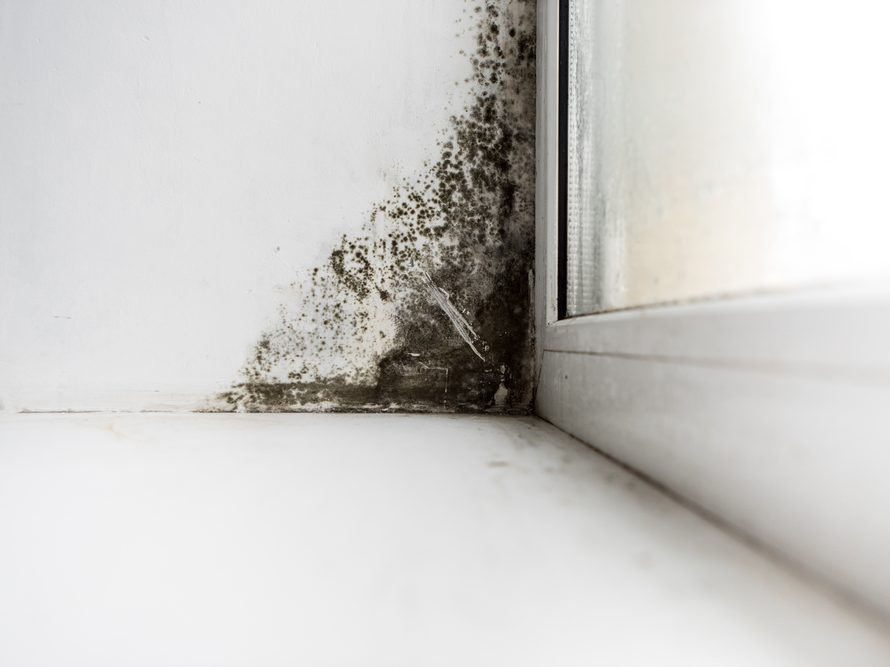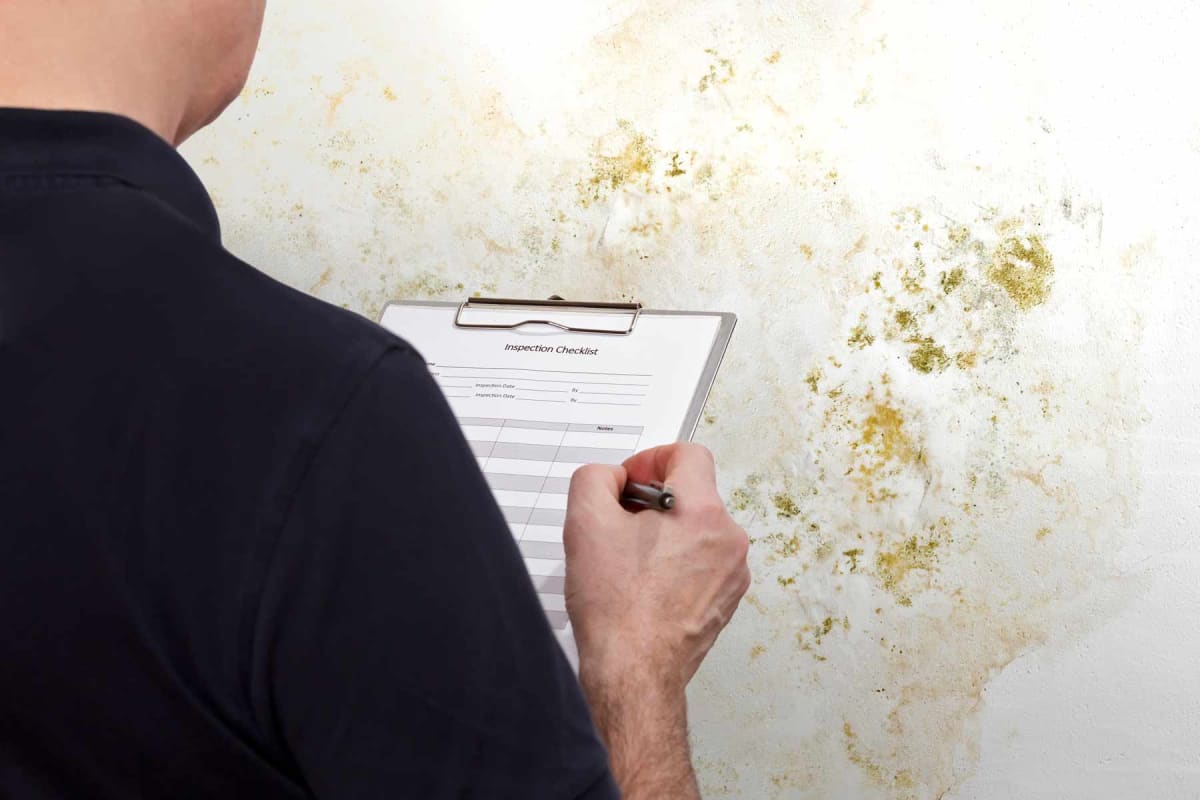Advice on What to Do After Mold Remediation
Advice on What to Do After Mold Remediation
Blog Article
Your Ultimate Overview to Post Mold Remediation Techniques
Browsing the realm of post-mold removal techniques is a careful process that requires attention to detail and a comprehensive understanding of the details involved. In the results of mold infestation, knowing exactly how to effectively remove the mold and mildew and stop its reoccurrence is paramount for preserving a healthy and balanced indoor environment. From picking the best cleansing and decontaminating methods to applying approaches for long-term mold avoidance, each action in the removal trip plays a critical duty in guaranteeing a successful result. As we start this exploration of post-mold remediation strategies, we will certainly discover the essential methods and finest techniques that can assist you recover your space to its pre-mold condition and secure it against future mold and mildew threats.
Recognizing Post-Mold Remediation Refine
After finishing the mold and mildew removal procedure, it is vital to understand the post-mold removal strategies that are essential to ensure a reliable and extensive cleaning. When the mold and mildew has been gotten rid of, the next step involves cleansing and decontaminating the affected locations to protect against any kind of regrowth of mold and mildew.
Additionally, conducting a final inspection post-remediation is vital to ensure that all mold and mildew has actually been effectively eliminated. If the examination reveals any kind of remaining mold and mildew, added removal may be essential.
Reliable Cleaning and Disinfecting Methods

Avoiding Future Mold And Mildew Development

Value of Proper Air Flow
Appropriate ventilation plays a crucial role in avoiding dampness build-up, a key variable in mold development within indoor settings. Effective ventilation systems aid eliminate excess humidity from the air, lowering the opportunities of mold spores finding the moisture they require to spread out and germinate. Without ample air flow, interior spaces can become a breeding ground for mold, bring about potential health and wellness threats and structural damages.
By ensuring proper air blood circulation, air flow systems can additionally help in drying out wet locations quicker after water damage or flooding events, further deterring mold and mildew growth. After mold remediation. In areas like washrooms, kitchens, attic rooms, and basements where moisture degrees have a tendency to be greater, setting up and maintaining efficient ventilation systems is essential in protecting against mold and mildew problems

Surveillance and Upkeep Tips
Offered the vital function that correct air flow plays in protecting against mold and mildew development, it is essential to establish reliable monitoring and upkeep tips to ensure the ongoing functionality of air flow systems. Normal inspections of air flow systems must be performed to look for any indications of blockages, leaks, or malfunctions that might hamper proper airflow. Monitoring humidity levels within the residential or commercial property is also crucial, as high moisture can contribute to mold development. Setting up a hygrometer can aid track humidity degrees and alert property owners to any spikes that may require focus. In addition, making sure that air filters are consistently cleansed or replaced is vital for keeping the performance of the air flow system. Executing a routine for regular upkeep tasks, such as air duct cleansing and a/c system assessments, can assist avoid problems prior to they escalate. By staying positive and alert to the problem of ventilation systems, homeowner can efficiently mitigate the risk of mold and mildew regrowth and maintain a healthy and balanced interior environment.
Verdict
In conclusion, post-mold remediation methods are essential for ensuring a here are the findings clean and secure atmosphere. Comprehending the procedure, implementing reliable cleansing and decontaminating methods, avoiding future mold and mildew growth, preserving correct air flow, and routine monitoring are all essential steps in the removal try these out procedure. By following these guidelines, you can efficiently get rid of mold and mildew and prevent its return, working or promoting a healthy and balanced living area for all owners.
In the after-effects of mold and mildew infestation, recognizing how to properly eliminate the mold and mildew and avoid its reoccurrence is extremely important for preserving a healthy and balanced interior setting. Once the mold and mildew has actually been removed, the following action involves cleaning and decontaminating the affected locations to avoid any kind of regrowth of mold - what to do after mold remediation. After removing visible mold and mildew growth, it is critical to Check This Out clean all surfaces in the afflicted location to eliminate any remaining mold spores. To even more boost mold and mildew avoidance procedures, it is important to resolve underlying problems that originally led to mold and mildew growth.Offered the crucial role that appropriate ventilation plays in stopping mold and mildew development, it is important to establish reliable surveillance and maintenance suggestions to guarantee the continued functionality of air flow systems
Report this page